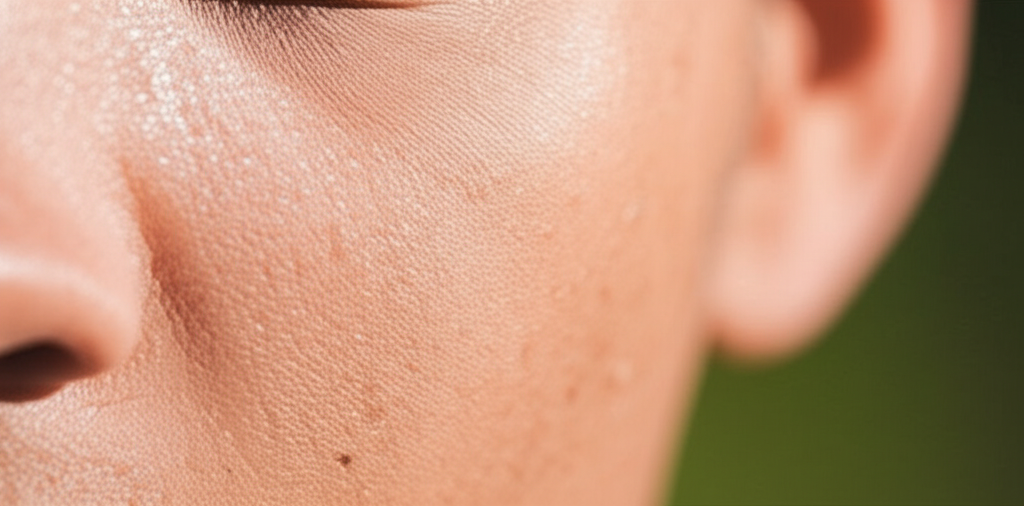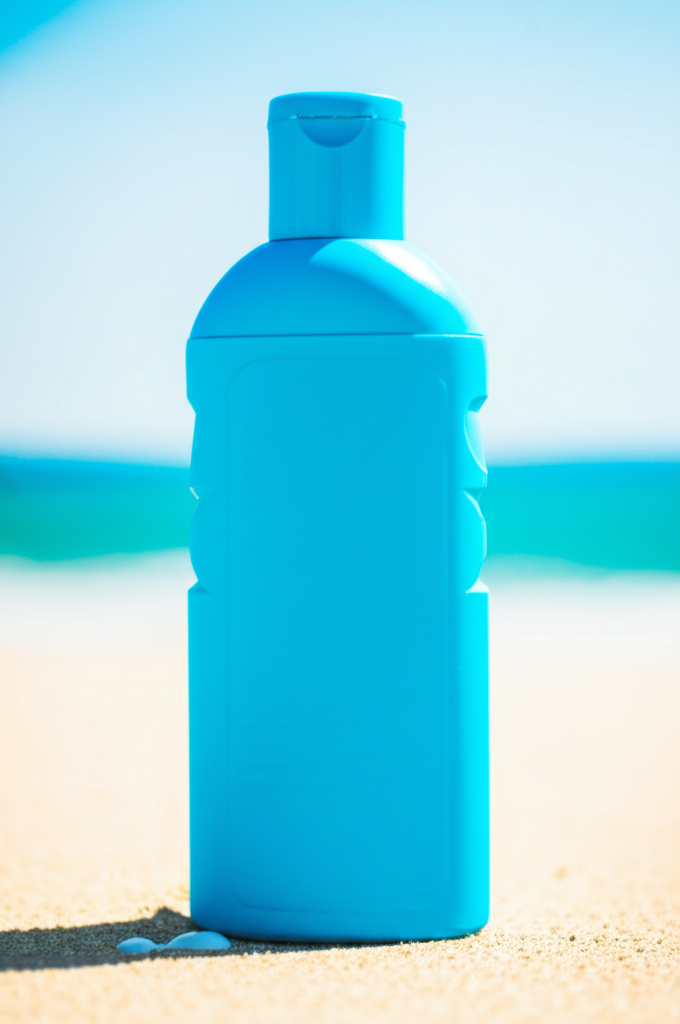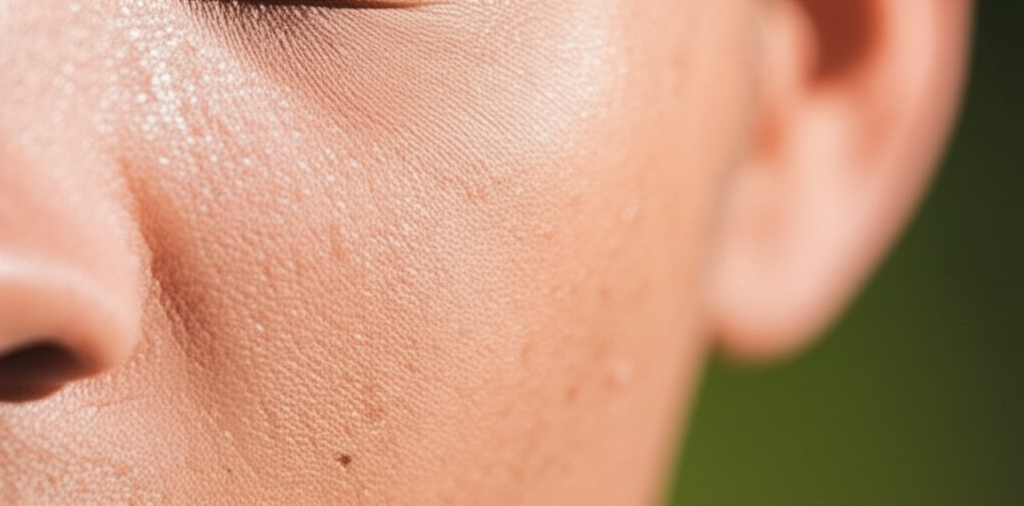The medical field acknowledges the necessity of various vitamins for maintaining a healthy metabolism. Among these, Vitamin D stands out for its significant role in cancer prevention.
Often referred to as the “sunshine vitamin,” Vitamin D is naturally produced by the body when exposed to sunlight. However, misconceptions have led to reduced sun exposure.
During the 1970s and 80s, a campaign against sun exposure arose due to an increase in malignant melanomas, a severe form of skin cancer. Dermatologists attributed this rise to ultraviolet (UV) rays, specifically UVB rays.

The proposed solution was widespread use of sunscreens, protective clothing, and limiting sun exposure. Paradoxically, as sunscreen use increased, so did melanoma cases.
Later research revealed that both UVA and UVB rays are carcinogenic. While sunscreens effectively blocked UVB rays, they did not protect against UVA rays. Malignant melanomas typically result from excessive sun exposure that damages skin cells’ DNA.
Furthermore, UVB rays are crucial for Vitamin D production. Just 30 minutes of sun exposure can generate 50,000 units of Vitamin D. This vitamin regulates calcium levels in the body, impacting bone health, brain function, and immune response.
Vitamin D deficiency can lead to various health issues, including osteoporosis, a weakened immune system, and increased susceptibility to viral infections. Macrophages, immune cells that fight cancer, rely on Vitamin D.

Interestingly, for every melanoma case caused by excessive sun exposure, there are 320 cases of cancer linked to Vitamin D deficiency. This highlights the importance of adequate Vitamin D levels, achieved through safe sun exposure.
Moderation is key. Brief sun exposure until the skin turns slightly pink is sufficient for Vitamin D production. Vitamin D from the sun is more effective than supplements.
To ensure optimal health, it is recommended to test Vitamin D levels. While conventional medicine suggests a range of 20 to 50 nanograms per milliliter, aiming for 40 to 60 nanograms per milliliter is optimal. The recommended test is the Vitamin D3 active test, specifically testing for D25, OH, D2, and 25 OH D3.


